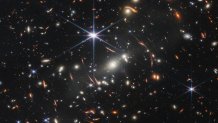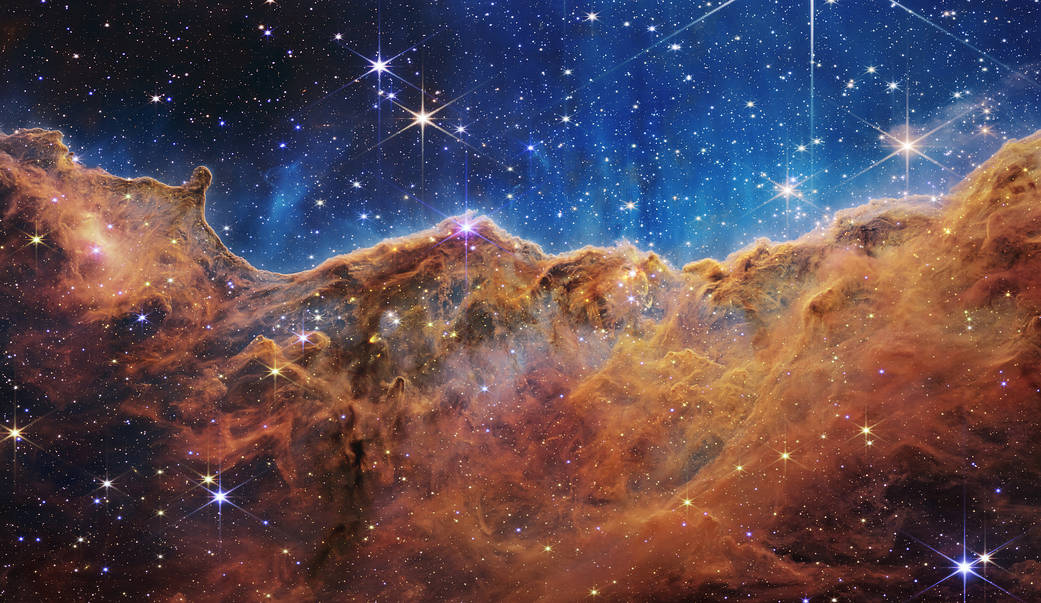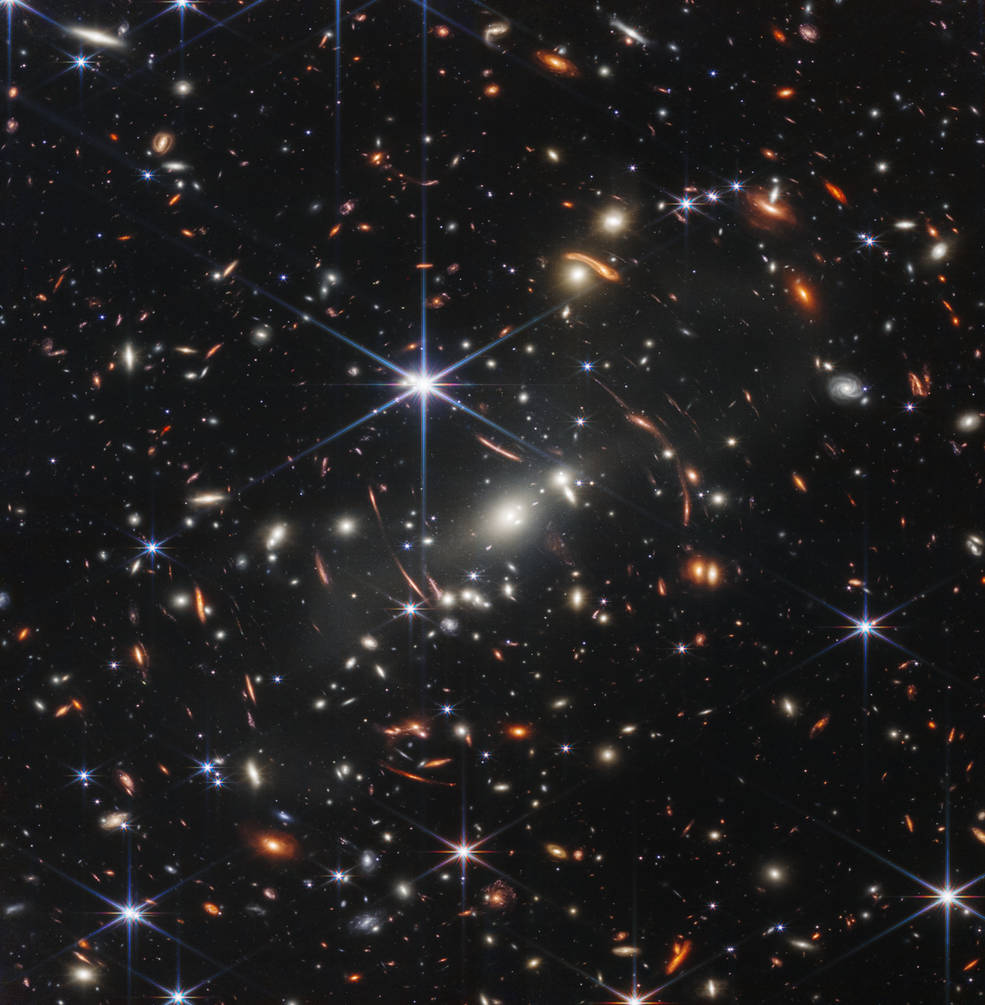On Monday and Tuesday, NASA released some never-before-seen images of the cosmos, providing a look back into the history of our universe.
Those five photos, taken by the James Webb Space Telescope, show galaxies and nebulas in previously unimaginable detail.
But when President Joe Biden marvels at the photo and says it shows "the oldest documented light in the history of the universe," what does that actually mean?
Get top local stories in Southern California delivered to you every morning. Sign up for NBC LA's News Headlines newsletter.
According to NASA, telescopes can be time machines, and it all has to do with the speed at which light travels through space.
Light moves incredibly quickly, but fast isn't the same as instantaneous.
It seems like almost the same thing across smaller distances, like the space between a lamp turning on in your living room, and your spot across that room on the couch. One flip of the switch, and the light is already there.
But over the huge distances between galaxies in space, that travel time starts to matter more.
Even something as close on a cosmic scale as the moon, which is a miniscule 239,000 miles away from Earth, is affected by the phenomenon. Light that hits the moon takes about 1.3 seconds to travel across those 239,000 miles and reach your eyes, according to NASA.
That means when you look up at the moon, you're actually seeing the moon as it was 1.3 seconds ago.
That's where the term light-year comes from. It's actually a measure of distance, consisting of the space light can travel in one Earth year, at speed of 186,282 miles per second.
The Webb telescope and the photos it produced are notable, in part, because the telescope is powerful enough to capture light from galaxies that are billions of light-years away.
"At that distance, [the galaxies'] light tells what the universe was like billions of years ago," the website for the Webb Telescope explains. "Since the age of the universe is about 13.8 billion years, these distant observations allow astronomers to measure changes over the lifetime of the universe."

The first image released by NASA on Tuesday demonstrates that power.
The Webb telescope took a "deep field" image, where it zoomed into one tiny speck of space that, to other previous telescopes and the naked eye, looks like empty blackness.
"Webb’s image is approximately the size of a grain of sand held at arm’s length, a tiny sliver of the vast universe," NASA said in a release about the photo.
Within that speck is galaxy cluster SMACS 0723, NASA said. A galaxy cluster is just what it sounds like -- a group of galaxies, all relatively close to each other in space.
Cluster SMACS 0723 in particular "is teeming with thousands of galaxies – including the faintest objects ever observed in the infrared."
The group of galaxies is big enough that it affects gravity in the space around it, in such a way that other galaxies are more easily spotted by the telescope -- even though they're even further away.
The Webb telescope is powerful enough to pick up even those really distant, faintly lit galaxies in the background.
And some of those galaxies, which look like tiny specks in the image, are so far away that the light we can spot from them was first emitted right after the universe began.
"Light from these galaxies took billions of years to reach us," NASA said. "We are looking back in time to within a billion years after the big bang when viewing the youngest galaxies in this field."
So when you look at that image, you're looking back to the very start of the universe, and seeing some of the first stars and galaxies that formed.




